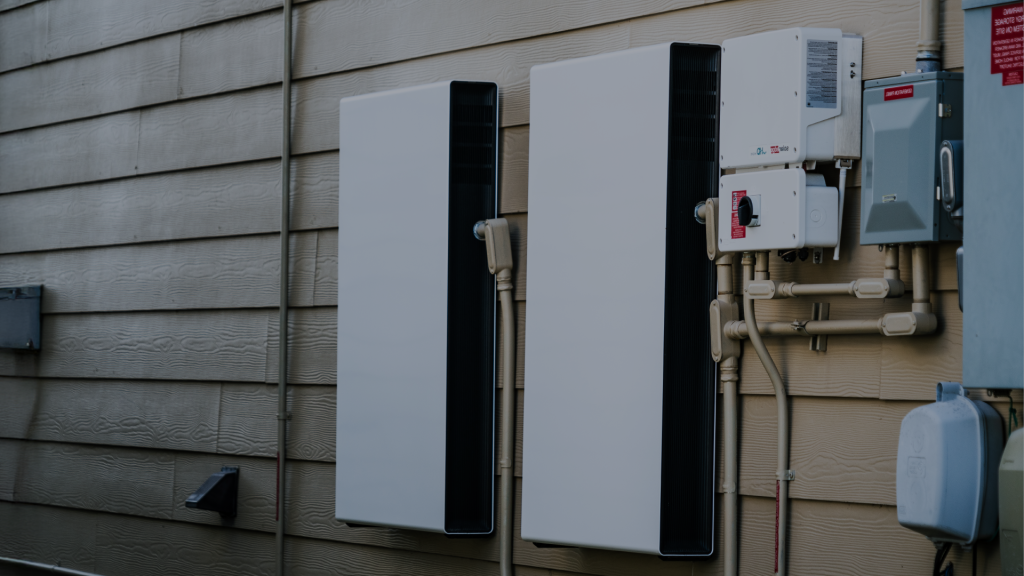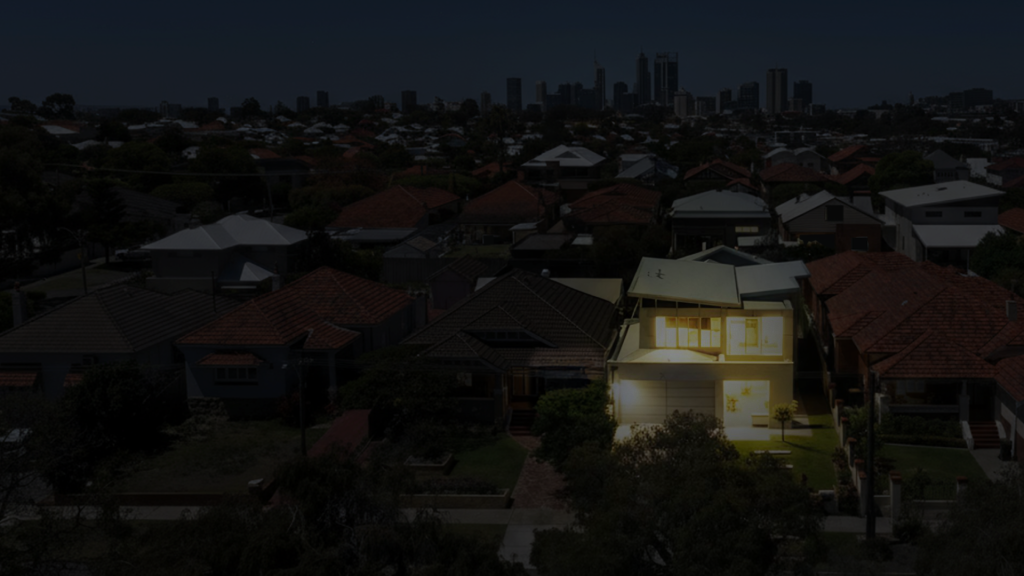During the day, your rooftop-solar panels absorb sunlight to produce electricity. This is then converted into power you can use in your home. But do solar panels work at night?
Well, the short answer is no – energy from the sun is key in the process of solar panel electricity production. No sunlight equals no power generated.
However, you can still benefit from the power produced by your solar panels in the daytime even after the sun sets. What follows is a rundown of your options, along with some insights into the advancement of solar technology in the not-too-distant future.
Option 1: Utilising Solar Battery Storage
If you want to be able to use solar power during the night, batteries are the answer. Batteries work to capture and store any ‘excess’ electricity produced by the solar panels that you don’t use in the daytime. They typically charge during the day, boosting energy capacity and allowing the power to be used at night.
While installing a battery storage system reduces your dependence on electricity from the grid (and gets you closer to achieving energy self-sufficiency, not to mention a big reduction on your power bill!), you may still baulk at the price.
However, with a rising focus on sustainable energy practices, the Australian government has a range of rebates and assistance on offer, some of which incentivise battery installation.
It’s also important to note that battery costs fell by the most in 2020-21 compared to any other generation or storage technology, and are projected to continue to do so.
This is promising for the future of renewable energy, but as solar battery systems are still somewhat pricey, it’s important to weigh up the potential benefits with their cost (tip: we can help!).
Option 2: Relying on Feed-In Tariffs (FITs)
Not all households choose to invest in a battery storage system. Without one, you’ll have to buy electricity from the grid to power your home at night, just as you would without any solar panels. But there is a way you can still benefit from the excess power produced by your solar panels, whether in the daytime or after dark.
Perhaps you’re away from home on a sunny day, or not consuming all the electricity your solar panels produce before nightfall. Solar Feed-In Tariffs (FITs) allow you to still reap the benefits of investing in solar energy.
A Feed-In Tariff is a payment you receive from your energy retailer for the power you export to the grid. It’s usually set at a rate per kilowatt hour, which is paid as a credit at the end of your billing cycle. This rate varies based on numerous factors including your retailer, the state you live in and the time of day.
Some states such as Victoria choose to set minimum FIT rates. Whilst this isn’t the case in the states we service (Queensland, Western Australia and New South Wales), the Western Australian government’s Distributed Energy Buyback Scheme encourages investment in solar energy by offering payment to eligible new customers at 10 cents per kWh between 3pm and 9pm, and 3 cents per kWh at other times.
Although Feed-In Tariff rates are generally lower than the cost of buying electricity from the grid at night, these payments will help offset the cost of electricity you use at night. Another option many of our customers use is to increase the size of their solar system to capture more power during the day to export even more to the grid, thereby reaping the rewards of a bigger Feed-In Tariff.
The Future of Night Solar Power
Researchers from the University of New South Wales made a major breakthrough in renewable energy technology in 2022, using a new ‘night-time solar’ technology to produce electricity from the Earth’s radiant infrared light.
Dr Phoebe Pearce, one of the paper’s co-authors, explains: “In the same way that a solar cell can generate electricity by absorbing sunlight emitted from a very hot sun, the thermoradiative diode generates electricity by emitting infrared light into a colder environment. In both cases the temperature difference is what lets us generate electricity.”
Though recent scientific breakthroughs such as these demonstrate great potential for renewable energy production after the sun sets, there’s still a long way to go. It’s very much a case of ‘watch this space’!
Summary
Although there are no solar technologies that work at night on the market just yet, there are ways for households to make the most of their existing solar panels.
The growing focus on renewable energy solutions in Australia is clear. From the government’s suite of incentives and rebates to the decreasing cost of solar and batteries, there’s never been a better time to make the switch.
With customer service support and offices in Sydney, Brisbane and Perth, Think Renewable’s expertise in solar technologies can help you find the right sustainable energy solution for your home or business. If you’d like to learn more, contact us to get started. We’d love to help.






